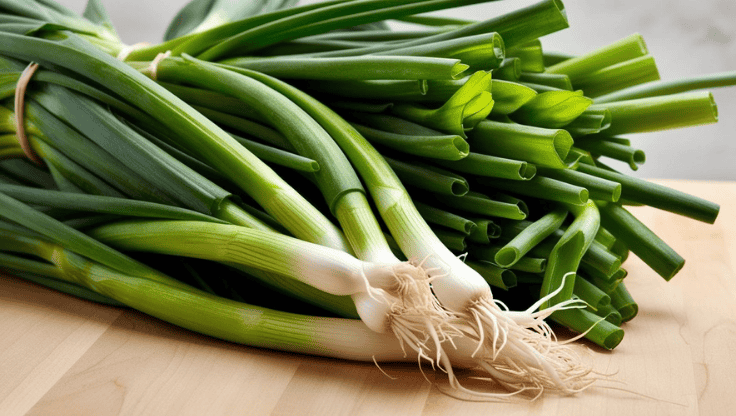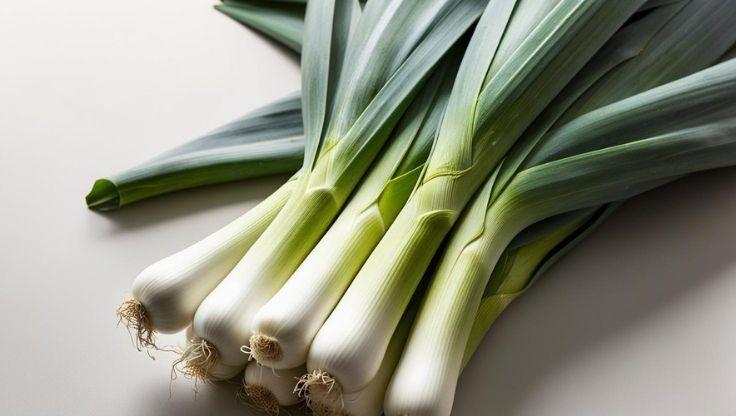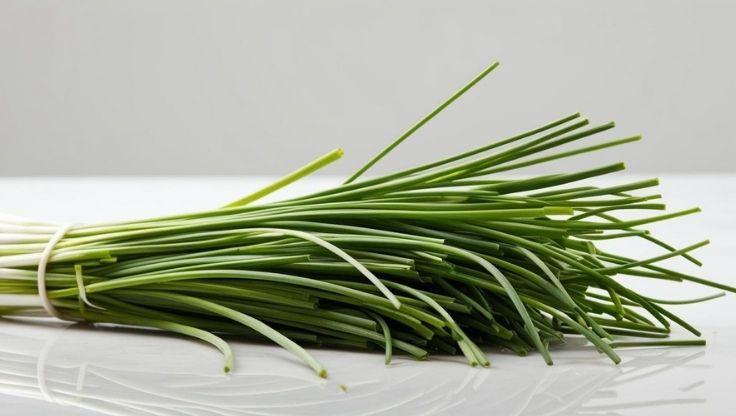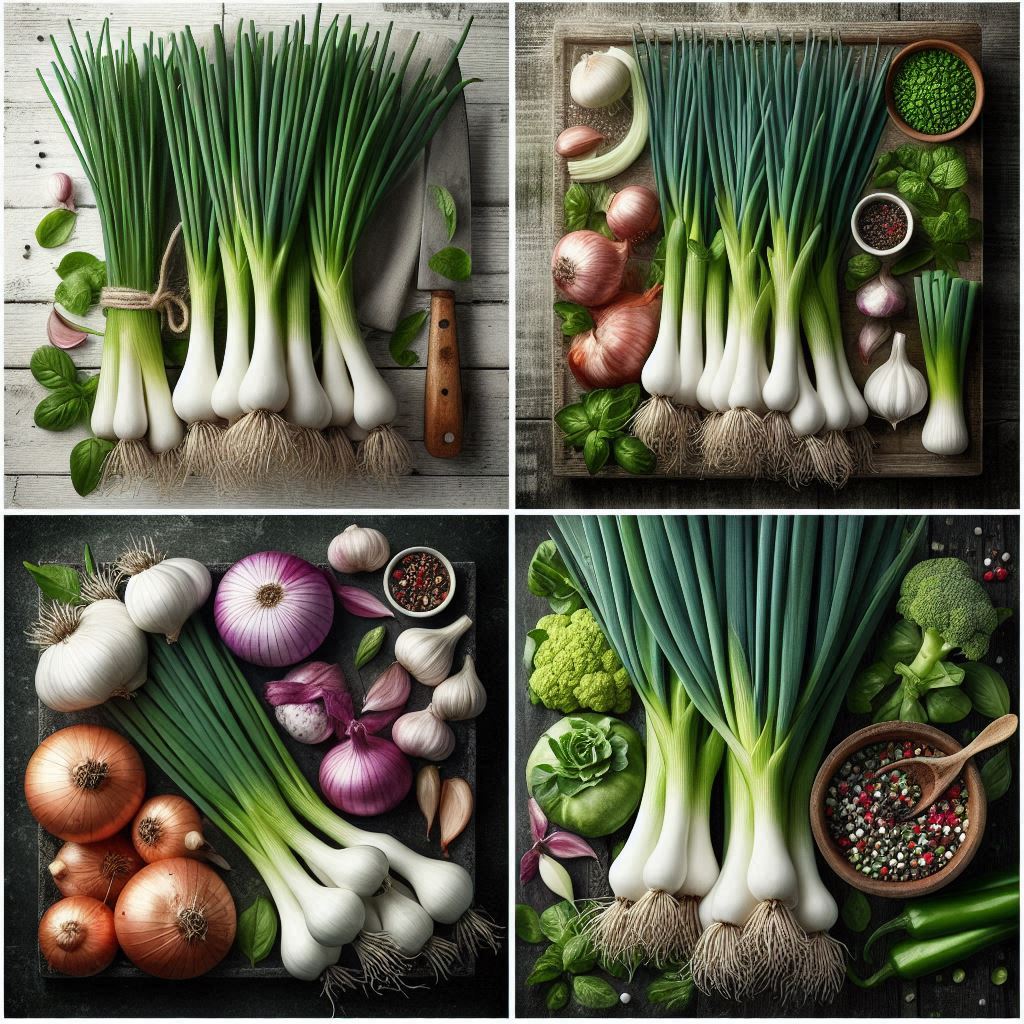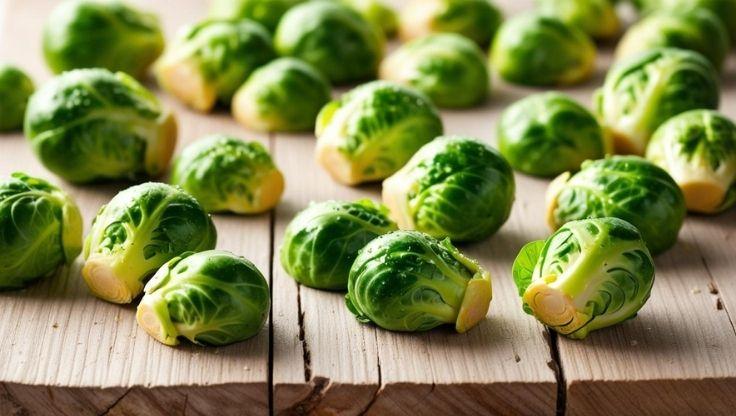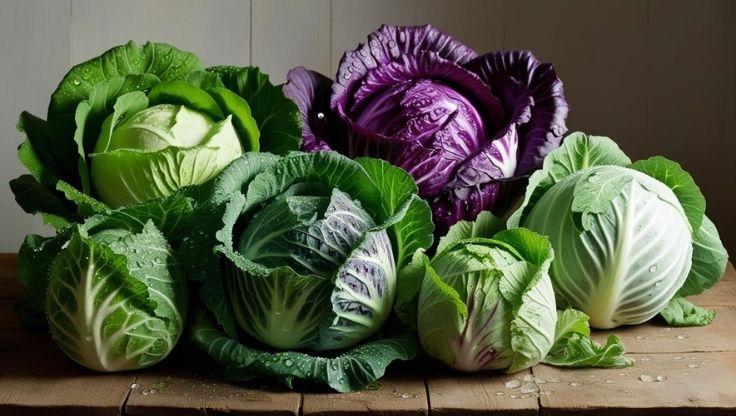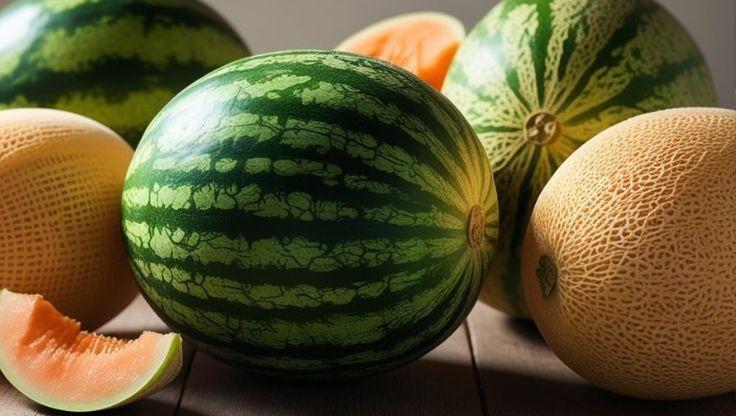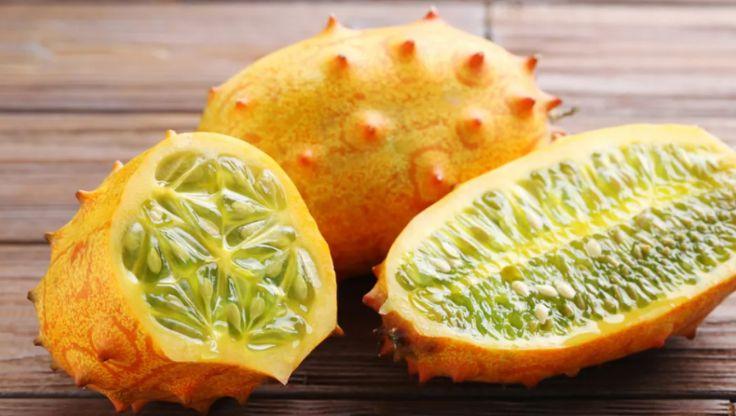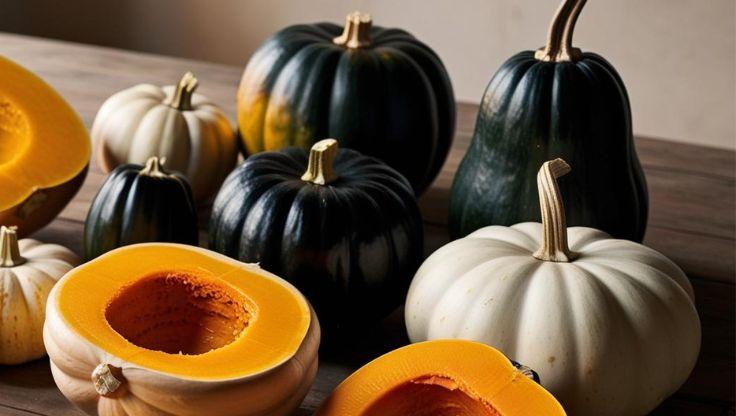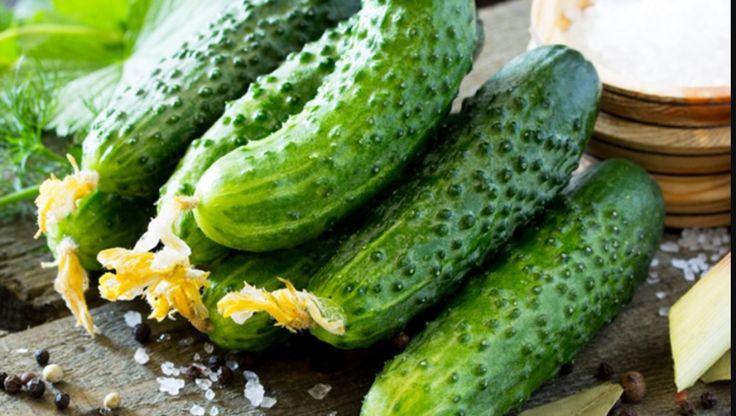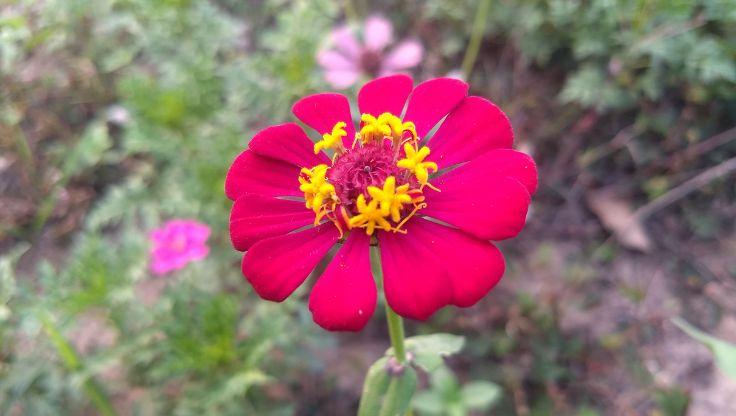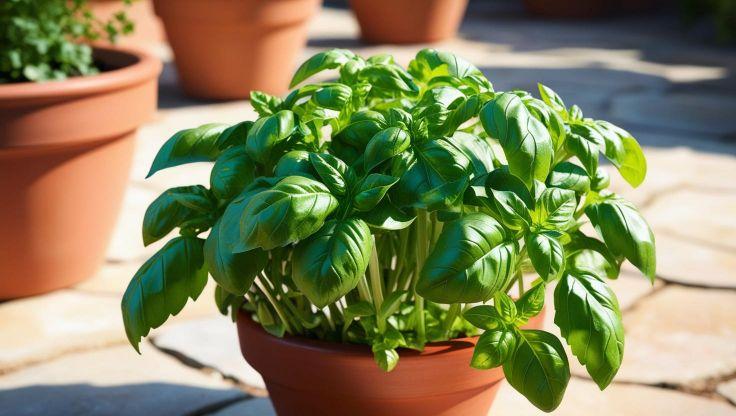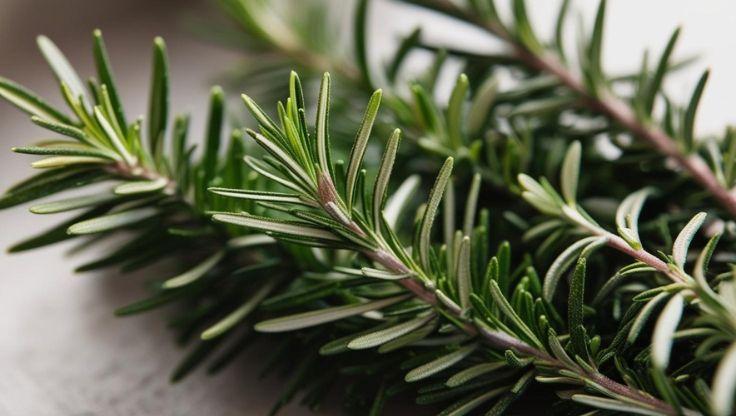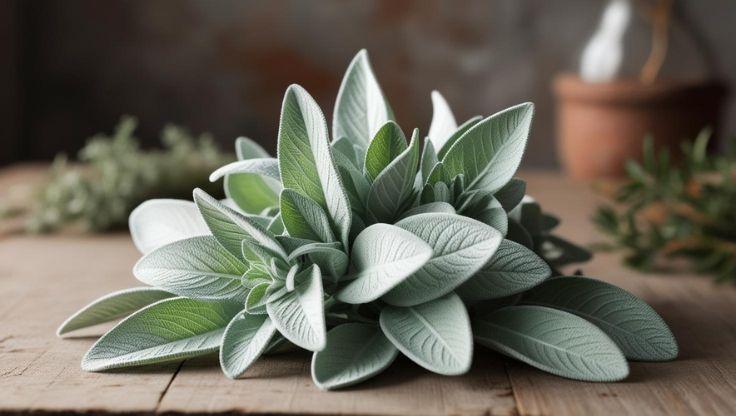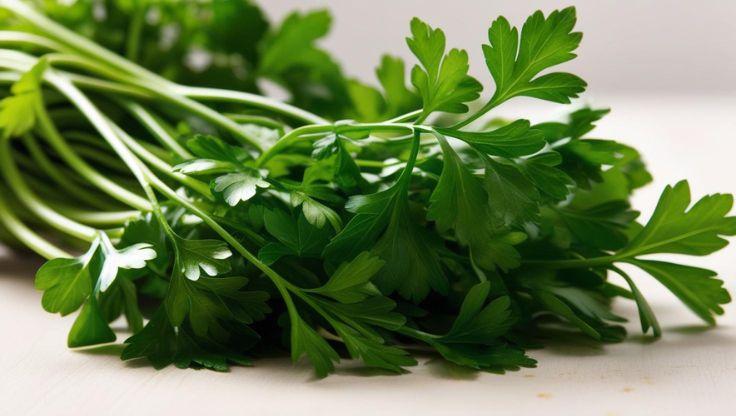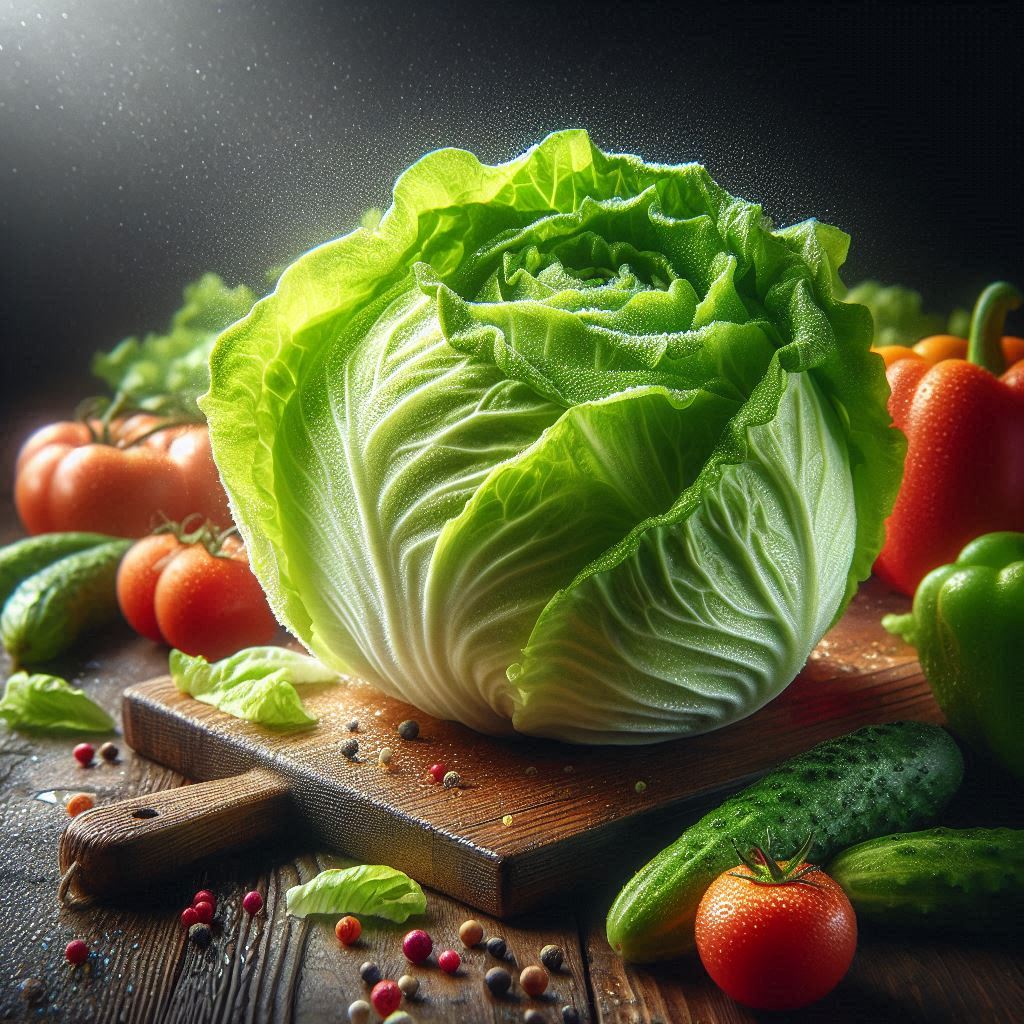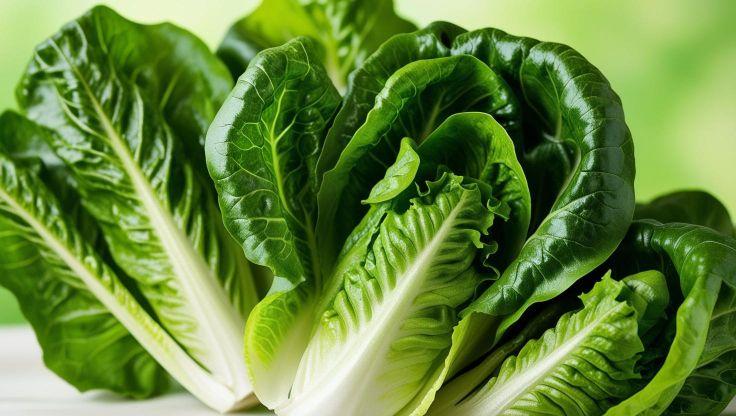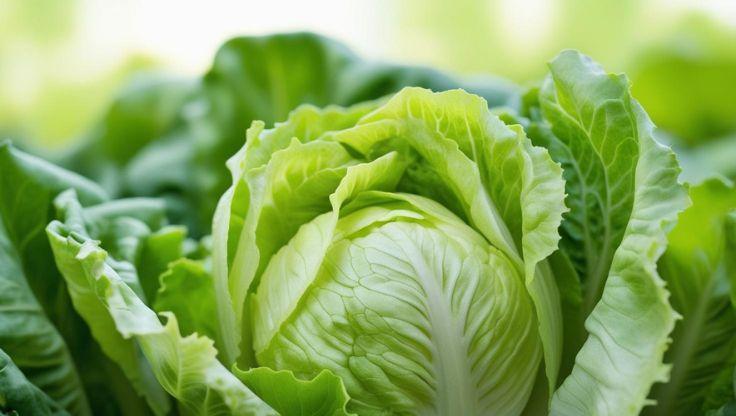Hydroponic Plants: Growing Stock Flowers for Maximum Blooms
Stock flowers (Matthiola incana) are a fragrant and visually striking flower that thrives in hydroponic systems due to their adaptability and controlled growth conditions. They are known for their vibrant colors, strong stems, and sweet scent, making them a popular choice for ornamental gardening. Unlike traditional soil-based cultivation, hydroponic plants benefit from precise nutrient delivery, efficient water use, and reduced disease risks, ensuring healthier and more consistent blooms.

Mastering Hydroponic Stock Flower Cultivation: Essential Growing Conditions
Hydroponic plants, such as the fragrant stock flower (Matthiola incana), offer a rewarding cultivation experience when their specific environmental needs are meticulously met. Growing these beautiful blooms in a soilless system allows for precise control over nutrient delivery and growing parameters. This precision is key to achieving vigorous growth, strong stems, and abundant, high-quality flowers. Understanding and maintaining optimal conditions is paramount for success with these hydroponic plants.
Critical Nutrient Solution Parameters: pH and EC Levels
Managing the nutrient solution is fundamental for any hydroponic plants. For stock flowers, two primary measurements dictate nutrient availability and uptake: pH and Electrical Conductivity (EC).
Achieving the Ideal pH Range
The pH level of your nutrient solution directly impacts how well stock flowers can absorb essential minerals. For these hydroponic plants, maintaining a pH range of 6.0 – 7.0 is crucial. Operating within this specific window ensures that all necessary macro and micronutrients remain soluble and available for root uptake, preventing deficiencies or toxicities that could hinder plant health and flower development. Regular monitoring with a calibrated pH meter is highly recommended.
Optimizing Electrical Conductivity (EC) for Nutrient Strength
Electrical Conductivity (EC) measures the total dissolved solids, or nutrient strength, in your hydroponic solution. Stock flowers thrive when the EC levels are maintained between 1.5 – 2.5 mS/cm. This range provides sufficient nutrients to fuel growth and flowering without overwhelming the hydroponic plants or causing root burn. Consistent EC monitoring helps ensure your stock flowers receive balanced nutrition throughout their lifecycle.
Environmental Controls: Light, Temperature, and Humidity
Beyond the nutrient solution, the ambient environment plays a vital role in the healthy development of hydroponic plants like stock flowers. Careful management of light, temperature, and humidity will significantly influence your cultivation success.
Light Requirements for Optimal Photosynthesis and Flowering
Adequate lighting is essential for robust vegetative growth and prolific flowering in stock flowers. These hydroponic plants require 14–16 hours of light per day. This can be achieved using high-quality full-spectrum LED grow lights or, where feasible, ample natural sunlight. This extended photoperiod promotes vigorous photosynthesis, leading to stronger plants and more impressive blooms.
Temperature: The Key to Abundant Blooms
Temperature plays a critical role, especially in inducing and sustaining optimal flowering for stock hydroponic plants. The ideal temperature range for stock flowers is 13–18°C (55–64°F). Maintaining these cooler conditions, particularly during the flowering stage, encourages the development of high-quality, long-lasting blooms and enhances their fragrance. Fluctuations outside this range can stress the plants.
Humidity’s Role in Strong Stem and Bloom Development
Controlling relative humidity is vital for the overall health and structural integrity of your stock flowers. Aim for a humidity level between 60–70%. This specific range helps support the development of strong stems capable of holding up the flower heads and contributes to vibrant bloom production. Proper humidity also helps hydroponic plants manage transpiration effectively, reducing stress.
Why Adherence to Optimal Conditions is Non-Negotiable
Successfully cultivating stock flowers as hydroponic plants hinges on consistently providing these precise conditions. Each parameter—pH, EC, light, temperature, and humidity—interacts, and deviation in one can impact the plant's ability to utilize others effectively. Diligent monitoring and adjustments are the hallmarks of expert hydroponic management, leading to exceptionally healthy and beautiful stock flowers.
The Hydroponic Journey of Stock Flowers: Seeding, Growth, and Popular Varieties
Hydroponic plants like stock flowers (Matthiola incana) begin their impressive journey from carefully sown seeds, leading to vibrant blooms under precise cultivation. Understanding the initial stages, growth timeline, and suitable varieties is essential for any grower aiming to successfully cultivate these fragrant hydroponic plants in a soilless system. Proper techniques from the very start set the stage for a rewarding harvest.
Starting Strong: From Seed to Seedling
The foundation of healthy stock hydroponic plants is laid during the initial seeding and transplanting phases. Careful attention during these early stages is critical for developing robust plants.
For these future hydroponic plants, it's crucial to plant one seed per hole or starting cell. This practice ensures each seedling has sufficient space for vigorous root development, preventing early competition and promoting healthier, stronger individual starts essential for thriving hydroponic plants.
Once young stock seedlings have established a solid root system, transplanting into the main hydroponic setup is the next key step. This typically occurs when seedlings reach a height of 2–3 inches and display several true leaves. This size indicates they are sturdy enough to handle the transition and adapt to the nutrient-rich solution of the hydroponic plants system.
The Path to Bloom: Growth Cycle Insights
The journey from a tiny seedling to a mature, flowering stock plant requires patience and consistent care within the controlled environment typical for hydroponic plants.
Expect your stock flowers to reach their beautiful blooming stage in approximately 90–120 days after transplanting. This timeframe can vary slightly based on the specific variety chosen, the intensity of light provided, and the overall precision of your environmental controls for these hydroponic plants.
Choosing Wisely: Top Stock Flower Varieties for Hydroponics
Selecting appropriate varieties significantly enhances the success and enjoyment of growing stock as hydroponic plants. Certain cultivars are better adapted to the unique conditions of soilless culture.
Popular choices well-suited for controlled hydroponic environments include the Vintage Mix, known for its classic, ruffled blooms and diverse color palette. The Iron Series offers robust performance and strong stems, making it a reliable option. Furthermore, Katz Stock is particularly favored by commercial growers for its excellent adaptability to hydroponic cultivation, uniform growth, and suitability for year-round production, making it a prime choice for serious hydroponic plants enthusiasts.
The Versatile Charm of Hydroponic Stock Flowers: Uses and Multifaceted Benefits
Hydroponic plants, particularly fragrant stock flowers, offer a remarkable array of uses and advantages that extend beyond their visual appeal. Cultivating these beauties in soilless systems not only results in stunning blooms but also brings significant ecological and sustainability benefits. The controlled environment inherent to growing these hydroponic plants contributes to their quality and positive impact.
Beautifying Spaces: Ornamental Excellence
The primary allure of stock flowers lies in their exceptional ornamental qualities, making them highly sought after for various decorative purposes. Their vibrant presence enhances many settings.
Hydroponically grown stock flowers are widely utilized in professional bouquets and intricate floral arrangements. Their vivid colors and notably long-lasting blooms make them a favorite among florists and home gardeners alike. Furthermore, these stunning hydroponic plants add a touch of elegance to garden décor, thriving in containers and display beds where their beauty can be fully appreciated.
Nurturing Nature: Ecological Contributions
Beyond their aesthetic value, stock flowers grown as hydroponic plants can play a role in supporting local ecosystems, even when cultivated in controlled settings if managed thoughtfully.
Stock flowers, with their fragrant and accessible blossoms, are excellent at supporting pollinator populations. They effectively attract bees and butterflies, which are crucial for enhancing local biodiversity. When these hydroponic plants are grown with care, their efficient cultivation also significantly reduces water waste and minimizes the reliance on pesticides, leading to a healthier immediate environment.
Growing Greener: The Sustainable Edge of Hydroponics
The method of cultivating stock flowers as hydroponic plants offers substantial sustainability advantages compared to traditional agricultural practices, marking a significant step towards more eco-conscious horticulture.
Compared to conventional soil-based farming, growing these hydroponic plants can use up to 90% less water. This remarkable efficiency is a critical benefit in water-scarce regions. Moreover, hydroponics eliminates soil-related diseases and pest issues, reducing the need for chemical interventions. The precisely controlled environment ensures healthier, more robust blooms with a minimal environmental impact, making these hydroponic plants a smarter, greener choice.


